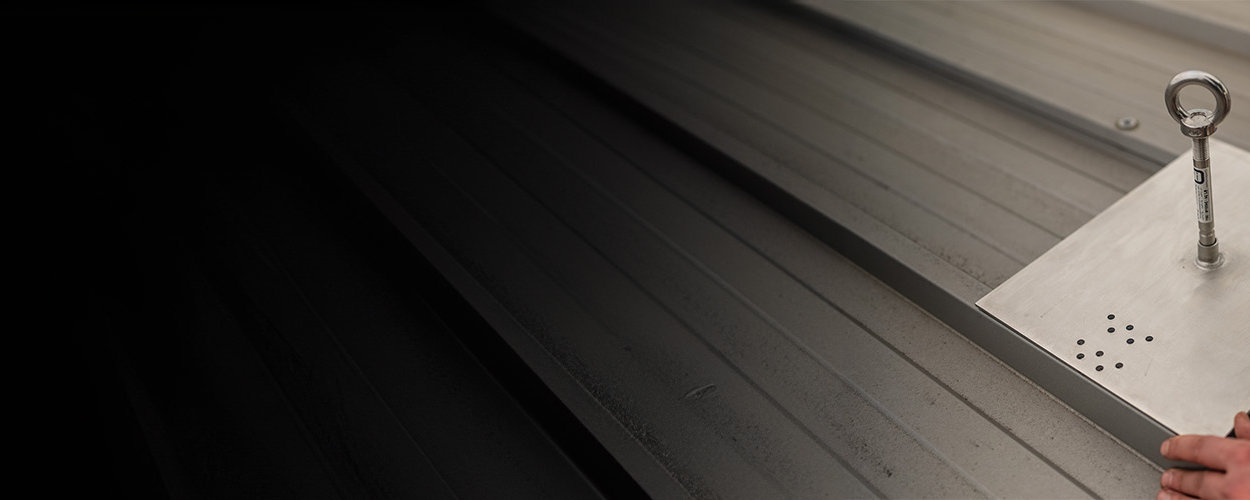What is DGUV 312-001?
This DGUV principle defines the standards for the training of persons who use personal fall protection equipment (PPE) or rescue equipment (RA) in the course of their work. It defines clear requirements for training processes with regard to restraint, positioning, fall arrest and rescue. In addition, specifications are made for the type and content of instructions as well as specific requirements for trainers and instructors.
It is important to emphasize that this DGUV principle does not cover the training of persons who use rope access and positioning procedures. Similarly, the training of fire department, THW and emergency services personnel is not covered by this principle. These specific training areas are therefore not covered in this document.
The selection of persons who are eligible for training in the use of personal fall protection equipment (PPE) or rescue equipment (RA) is subject to specific criteria:
- Required minimum age of 18 years: Potential participants must have reached the minimum age of 18 to participate in the training.
- Possess theoretical knowledge and practical skills: It is expected that those selected will have both theoretical knowledge and practical skills in the use of PPEgA or RA.
- Appropriate mental and character qualities: Selection will consider individuals with appropriate mental and character qualities to ensure that they understand and can adequately implement the requirements of the training.
- Physical fitness and aptitude: The physical aptitude of participants is essential to ensure that they can meet the physical demands of handling protective equipment and rescue equipment.
- Qualification as a first aider: Potential participants should have a qualification as a first aider in order to be able to provide fast and appropriate first aid if necessary.
Effective design of practice-oriented exercises
The following guidelines apply to the successful implementation of the practical exercises, which form an integral part of the training and are closely linked to the instruction:
- It is recommended to use an additional, independent backup during the exercises.
- The group size should be selected in such a way that both effectiveness and safety are guaranteed.
- The exercise systems and components used should be exactly the same as those that will be used in actual operations.
- In addition to these main points, other important aspects are also carefully considered.
In our capacity as a partner, we are pleased to be able to advise you through SKB's experienced team of experts. We are actively available to respond to all inquiries and offer tailored recommendations. Our hands-on training sessions can be conducted flexibly either directly at your workplace with your own equipment or in our dedicated training facilities.
Further training
Trainers are obliged to continuously update their specialist knowledge. This includes
- Adaptation to operational changes and updates to regulations.
- Continuous knowledge of current product developments and the results of accident investigations.
- Regular participation in training events, at least every three years.
- These training measures can take various forms, including courses, conferences and specialized events.
Overview of the training content
Scenario 1:
Topic: Assembly and disassembly of length-oriented façade scaffolding
Selected personal fall protection equipment (PPE) and rescue equipment (RA):
- Fall arrest system for façade scaffolding construction consisting of safety harness with back eyelet extension
- Lanyard with energy absorber
- Abseiling device with lifting device
- Anchorage aid Webbing sling
Anchor device:
Attachment points on façade scaffolding in accordance with the scaffolding manufacturer's instructions for assembly and use. Place of instruction: On site
Scenario 2:
Topic: Working on a flat roof
Anchor device:
- Wire rope system, available on site.
Selected PPE:
- Fall arrest harness
- Rope with energy absorber (BFD) used as a restraint system.
Place of instruction: On site
Scenario 3:
Topic: Working in a sewer shaft
Description of the situation:
- Access via permanently installed ladder without climbing protection device. Person uses breathing protection and must move away from the manhole in the duct without securing.
Selected PSAgA and RA:
- Fall arrester
- Transportable anchorage device (tripod)
- Fall arrester with integrated rescue lifting device.
Place of instruction: On site
Scenario 4:
Topic: Use of an arrester system incl. rescue
Situation description: Ascent via arrester systems on buildings and installations.
PPE and RA used:
- Fullbody harness
- Continuous fall arresters
- Lanyard with length adjustment device for positioning
- Rescue equipment.
Place of instruction: On site - basic training and rescue exercise; possibly external training center.
Contact
We provide you with a wide range of essential accessories. We attach great importance to complying with the relevant guidelines, technical standards and the regulations of the employers' liability insurance associations in order to guarantee the highest safety standards.
Take the opportunity now to get expert advice from the specialists at SKB.
